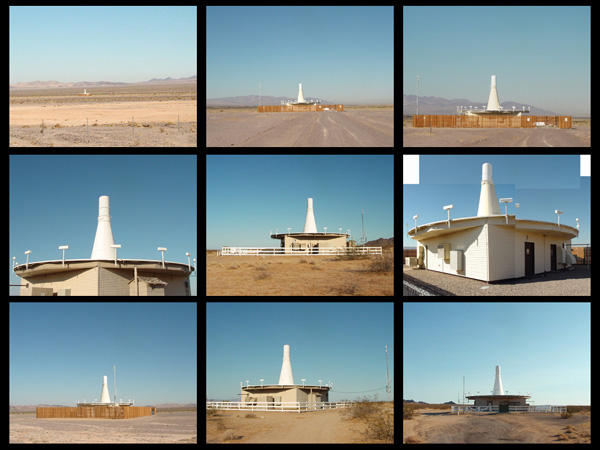The contemporary city is now a matrix of communication systems that have
propelled beyond the territorial limits of the city. The Freeways, telephone
and satellite networks, fiber optic cables, radio and television frequencies
each provide systems through which the everyday city flows and composes
itself. The desire for individuality has led to a devaluing of the collective
which previously marked a city as a whole. Citizens are now stockholders
deciding on the form of the city through buying habits. The city changes
daily, rearranging itself to the rhythms of its citizens, each creating
their own city through the windshield, the computer monitor and cell phone.
What is to be made of architecture and urban planning in this dispersed
postwar city? Urbanism must come to grips with the new reality of mobile
and malleable infrastructures. We must begin to compete with corporate telecommunications
planners; creating malleable alternatives and subversive itineraries to
their transparent systems. Like the cellular towers themselves, today’s
urbanist must form connections between the communications networks and the
everyday reality of the city, carving new systems of interaction and collective
space from the smooth surfaces of corporate control.
| 01 | 02 | 03 | 04 | 05 | 06 | 07 | 08 | 09 | 10 | 11 | 12 | 13 | 14 | 15 | next |
